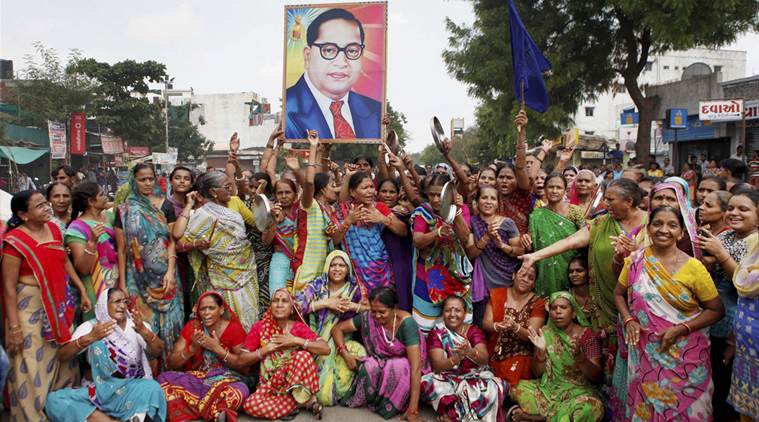
6 Principles of Social Mobilisation
Most of us who follow Babasaheb Ambedkar are pained at the divisions in the society and we all expect that we should work in unity. However, the divisiveness is all pervasive in the community and at times we feel that the situation is hopeless. But the situation can be changed by following a few principles in the mobilisation of our community.
1. Understanding the nature of caste
The caste is divisive by make up and by nature. The more lower goes in the social hierarchy, the divisiveness increases. This is the reason we have to understand this nature of caste and as we try to open our mouth to criticise the fellow activist for their “faults”, we have to become mindful that it is the caste that might be operating through them and probably through us as well. The caste psychology produces strange patterns of behavior and it can potentially develop hatred towards our own people as this is how the caste system operates and set to operate for the lower castes. The caste makes one dislike their own people. Whenever this dislike emerges, one has to be mindful that it is the caste system that is operating through us or fellow activists. It is in nature of the caste to hate and divide. This understanding is critical to mobilise people on any level.
2. There are many ways to work
Most of the people who claim that theirs is the only way to transform the society. But this is not true. The society needs many ways to move ahead as there are many conditions that have kept the society low. To claim that one’s ideology, one’s way, one’s method, one’s organisation is the only thing that matters, then that claim is divisive. While we can continue to work with our organisations and on our methods, it is important not to debase other’s organisations and other’s commitments. There must be genuine sense of openness to others.
3. The ideal is to be able to work under the one structure, but it may not be feasible and might be counterproductive
Though ideally people may find merit in working under one structure, but different aspects of problem of caste need different structures and hence imposing one structure to solve all the aspects of the problem might be counterproductive. Therefore, appreciation of different structures is very important.
4. Four approaches to working together
We have to find ways to work together and hence consolidation of all the forces is an ideal condition and much desired goal. If the consolidation is not possible, we must strive for co-operation with each other and between different structures and organisations. If the co-operation is not possible, then we must encourage each other in achieving our seemingly different goals, and if that becomes difficult to achieve, we let other structures and organisations free to do what they are doing without “obstructing” or “criticising” them. In other words, we run and operate in parallel with them.
5. Internal conflicts must be avoided at any cost
The frictions between the structures and organisations must be avoided at all cost and by all means possible
6. In the end, it is the goal of liberation of our people should be the most important single goal
Author – Mangesh Dahiwale, Human Rights Activist




+ There are no comments
Add yours